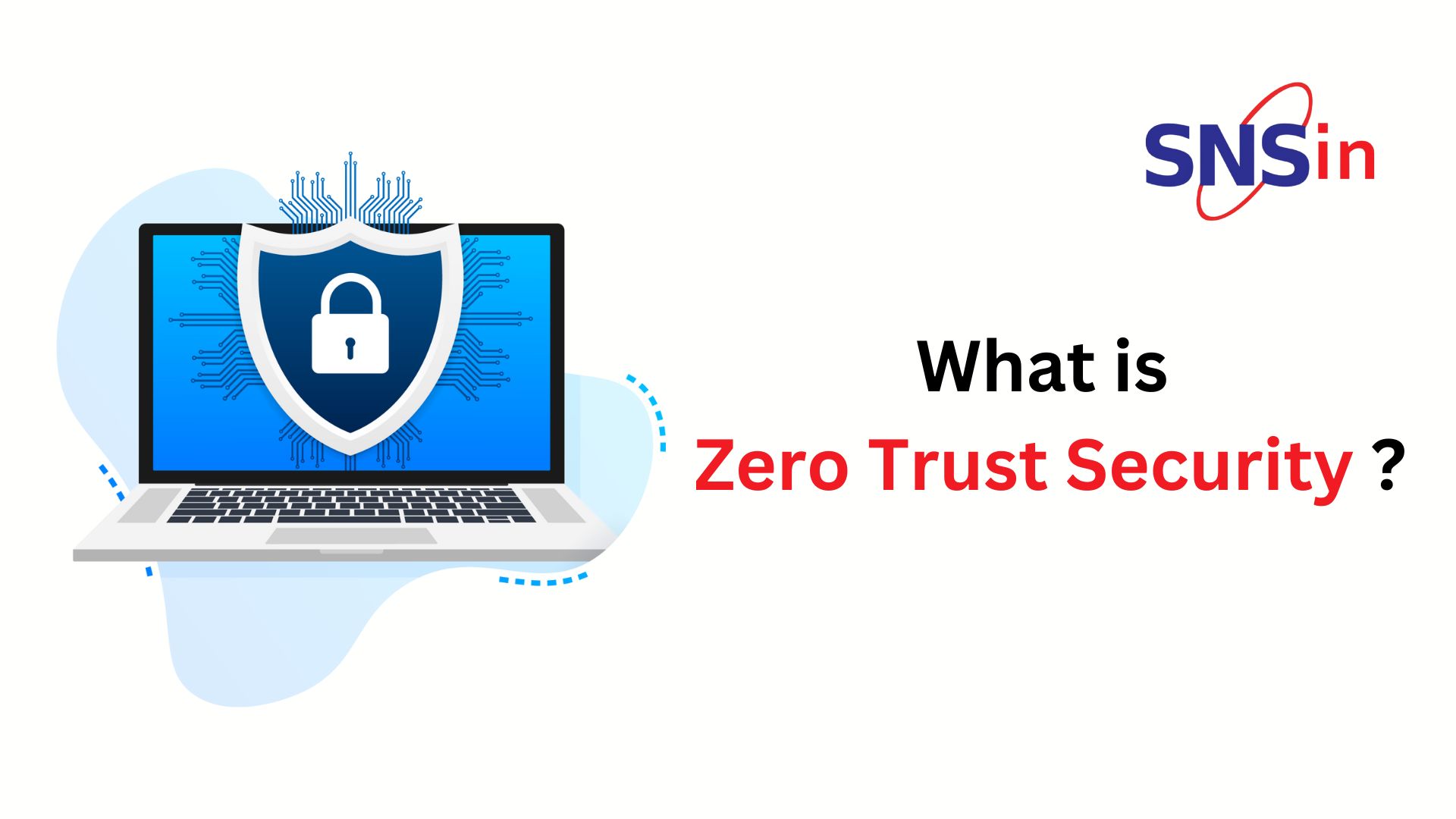In today’s world of technological advancements, Cybersecurity threats are also continuing to evolve and become sophisticated. It has become imperative for organizations to adopt a security model that emphasizes risk mitigation and threat prevention.
The Zero Trust Security model is an additional layer of protection against cyber threats. Based on the ‘never trust, always verify’ model, it assumes that no user, device, or network must be trusted without verification. It requires all users and networks to be verified before getting access to any network resources.
The Framework
The principle of least privilege is the foundation of the Zero Trust security model. It allows access only to those users and resources that need to execute their job functions. This helps an organization reduce the chances of damage due to data breaches and leaks. This model works by deploying security controls to continuously verify users and devices.
Some of these controls are:
Multi-factor authentication (MFA) –
A secure network asks for more than one way for users to authenticate their identity. Using a password, token, or biometric identification before each access request is the first level of ensuring secure access.
Identity and Access Management (IAM) –
It manages user identities, roles, and permissions. It also ensures that only verified users can access the organizational resources for their job functions.
Network segmentation –
This principle divides the network into smaller segments or perimeters. It limits the scope of an attack and makes it easier for a breach to get detected and respond in real-time.
Least privilege access –
The number of permissions to users and devices is limited to only what is necessary to execute the job function. This ensures that potential damage is limited even if a user’s account is compromised.
Constant monitoring –
Monitoring is imperative to identify and combat any threats in real-time. This includes controlling user activity, network traffic, and application behaviour patterns for any signs of malicious activity.
Preventing lateral movement –
Lateral movement implies a user’s movement within the network after gaining access. It can be difficult to detect even if the attacker’s entry point is discovered because the attacker will have already compromised other parts of the network. Zero trust is designed to contain attackers so that they cannot move laterally.
Keeping devices updated –
Vulnerabilities need to be patched as soon as they are detected. It should be able to limit access to vulnerable devices and networks. Thus, another reason why constant monitoring is necessary.
Threat intelligence –
Access to the latest data feeds is necessary since attackers are constantly evolving their tactics & methods.
Advantages of Zero Trust Security
Better visibility –
It promises better visibility into all user activities, network traffic, and application behaviour. This makes it easier to detect and respond to threats as they happen.
Improved security –
It provides additional protection against cyber threats. It reduces the attack surface by limiting access to resources and verifying the identity of users and devices.
Compliance –
It can help companies adhere to unit regulatory requirements such as GDPR, HIPAA, and PCI DSS. This is because it provides better control over data access and reduces the risk of breaches.
Reduced risk –
It reduces the risk of data breaches and cyberattacks by limiting the access of users. As only a limited number of users can access networks, the risk of threats is lesser.
Conclusion
As most organizations adopt technology, installing Zero Trust Security increases control over user access. Most attacks take place owing to internal vulnerabilities. This gives a bigger opportunity for hackers to exploit and launch sophisticated attacks. The Zero Trust Security concept serves as a foundation for businesses to protect themselves from potential data leaks and cyberattacks.
For any security concerns or designing a zero trust network, please write to [email protected]
![]()




